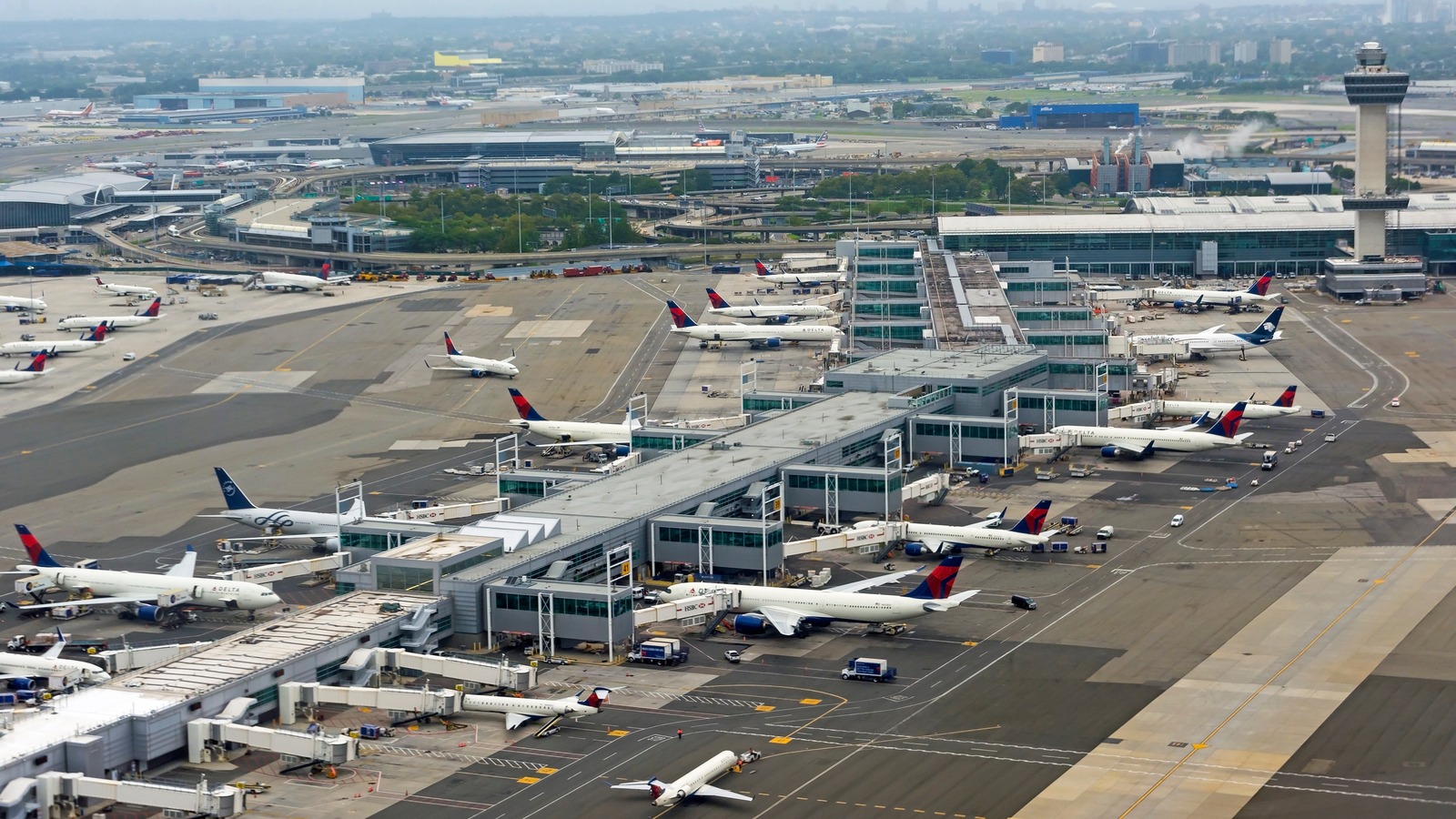As the bustling epicenter of global commerce and culture, New York City boasts a trio of major airports—John F. Kennedy International (JFK), LaGuardia (LGA), and Newark Liberty International (EWR)—serving millions of passengers annually. Deciding which airport to fly into or out of can be a daunting task, influenced by factors such as airline preferences, destination connectivity, and geographical proximity. Here’s a comprehensive guide to navigating the intricacies of New York City’s airport landscape, offering insights into transportation options, amenities, and travel considerations for each terminal.
John F. Kennedy International Airport (JFK)
Situated in Queens, JFK stands as the largest and busiest airport in New York City, serving as a major gateway for international travelers. Boasting over 70 airlines, JFK offers direct flights to destinations spanning the globe, from Buenos Aires to Reykjavik. Travelers can indulge in an array of dining options and lounges while traversing its terminals, with ongoing renovations aimed at enhancing the overall passenger experience. Accessing JFK is relatively convenient via public transportation, with options including the Long Island Rail Road (LIRR) and subway connections to the AirTrain.
| John F. Kennedy International Airport | LaGuardia Airport | Newark Liberty International Airport | |
| Driving time to/from Manhattan | 30 to 90 minutes | 30 minutes to an hour | 30 minutes to two hours |
| Taxi cost | $70 flat rate to or from Manhattan + any taxes, tolls, and tips | $30 to $45 + tip | $50 to $70 or more + tip |
| Airlines | More than 70, mostly international | Eight, mostly domestic | More than 30 domestic and international |
| Amenities | Fast food and sit-down restaurants, and lounges for Virgin Atlantic, Alaska Airlines, Delta, Emirates, and others | Fast food and sit-down restaurants, a Delta lounge | Fast food, sit-down restaurants, and lounges for United, British Airways, Delta, and Virgin Atlantic |
LaGuardia Airport (LGA)
Nestled in Queens and renowned for its efficiency, LaGuardia serves as a popular choice for domestic travelers, with eight carriers offering direct flights across the United States and beyond. Following extensive renovations, LGA has emerged as a premier travel hub, featuring modernized terminals replete with diverse dining options and amenities. Traveling to and from LGA via public transit entails a combination of subway and bus routes, providing convenient access to Manhattan and surrounding boroughs.
Newark Liberty International Airport (EWR)
Located in New Jersey, Newark Liberty International ranks as a pivotal travel hub, serving approximately 44 million passengers annually. With over 30 airlines and an array of international carriers, EWR offers direct flights to destinations worldwide, including major cities like London, Tokyo, and Dubai. Travelers can indulge in culinary delights and lounge amenities across its terminals, with Terminal C standing out for its diverse dining options. Accessing EWR from Manhattan is facilitated by NJ Transit trains and the Coach USA Newark Airport Express bus service, ensuring seamless connectivity between the airport and the city.
Conclusion
In conclusion, navigating New York City’s airports—JFK, LaGuardia, and Newark—requires careful consideration of factors such as airline preferences, destination connectivity, and transportation options. By leveraging the insights provided in this guide, travelers can streamline their airport experience and embark on seamless journeys to and from the vibrant metropolis of New York City.

